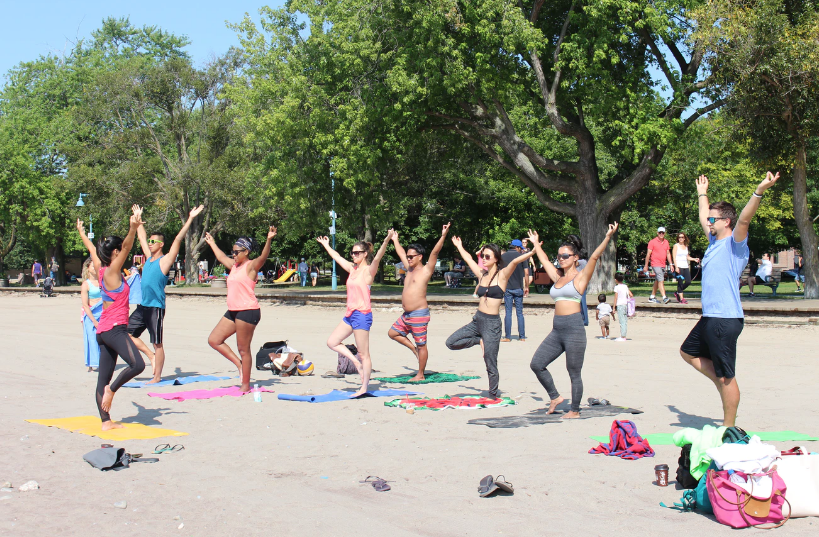Anxiety is the body’s physical response to events it perceives as threatening. In 2003, Bunker defined stress as depression, anxiety, panic disorder, acute and chronic life events, type A personality traits, and hostility. Anxiety manifests in many different ways: rapid breathing or heart rate, unsettled stomach, or a burst of energy, and no two people experience stress in the same way.
Today, working from home is one of the primary inducers of anxiety and, of that, failure to turn on and turn off may be the most prevalent contributor. Workers that no longer commute to define the beginning and end of their day have also lost the many opportunities to get up, move around, and interact with colleagues.
Home-bound workers (especially those that live alone) have far fewer distractions and often become so entrenched in projects, they fail to take breaks, skip meals, and do not start or shut down at reasonable times of the day. This state of being always on is detrimental to both the physical and mental health of workers and often leads to anxiety.
Working from Home
If employees were not working from home at the onset of 2020, probably, they are now. Most of Australia’s organizations have encouraged or required employees to work from home due to coronavirus. The pandemic has been the cause of stress, anxiety, and fear for millions of people, often exacerbated when they feel isolated from family, friends, and co-workers.
Australia’s Bureau of Statistics found that as of mid-August, 46% of Australians felt nervous at least some of the time.
Become the Most Important Person in the Room
Ensuring financial security, whether for oneself or a family is the root of many of life’s day-to-day pressures. Becoming physically or mentally ill means a person may not be able to provide for themselves or their family, and worrying about this causes even more stress.
As much as most employees want to perform well for their employer, doing so may not be possible if they don’t remember the most critical person in the room is themselves. It is caring for themselves that makes them able to meet financial and familial obligations.
Turning off throughout the day enables the brain to recharge. When everyday office interactions are missing, an isolated worker can replace these with mini distractions. Setting up a chessboard in another room and getting up throughout the day to make a move, watering an outdoor garden, taking the dog for a walk, and the like are all good distractions. Adding an outdoor component to the activity provides an advantage.
The remote worker doesn’t have a commute to define the workday’s end and the personal life start. Workers must find other ways to signal the stop at the end of the day and create a clear delineation between work and home life.
Make the Most of the Calendar
Most companies today have a business calendar or diary for employees. In some organizations, others in the organization can see the calendar as well. Use the calendar to block time every day for a well-being activity. As suggested above, this could be as simple as walking the dog — anything to prompt action.
With the activity on the calendar, notification chimes will act as break reminders. It also means co-workers cannot schedule a meeting during this time. Consider this time sacred and resist others’ attempts to schedule during these breaks or requests to move them.
Change the Routine
If working out before going to the office has been a habit, switch it up, and work for a few hours in the morning, then break for a workout. With a home office, showering in the mid-morning is possible and will help with midday doldrums.
Try one-tab working. Keep only one browser tab open at a time. In this way, the focus is entirely on a single task rather than myriad tasks taxing the brainpower. Close down social media tabs to promote focus and turn off distracting news alerts and notifications from other apps.
Take Care of the Body
It’s not just the brain that needs care; failing to meet one’s physical needs can also lead to anxiety. To combat these contributors, add an exercise routine and put it on the daily calendar as well.
Exercise is easy. It is a short walk down the block, a trip up and down a staircase a few times, skipping rope, bouncing on a trampoline — the more enjoyable the activity is, the more likely it will become a habit.
Numerous studies have shown the benefits of a massage in combatting anxiety and depression, but it’s not known how massage works precisely. Individual responses to massage vary, but because it is a chemical-free approach, there’s no concern for drug contraindications or incompatibility with current medication routines.
Professional massage therapists have specialties, such as the treatment of depression and anxiety or modalities, such as Swedish massage. Find locally certified and licensed massage therapists and have frank conversations about treatment options before selecting a professional.
All in All
Taking care of oneself can slip in priority once relegated to working from home, but it shouldn’t. Isolated, many people forget to turn it off, leave the work environment, and join the home and family. Using a calendar to book personal time can give workers the reminder they need to take a break.
Employees that learn to manage and reduce stress are happier and healthier and more likely to be effective when on the job and as part of the family. Distractions, activities, exercise, and self care more accurately represent a day amongst colleagues and are a great start to improving mental and physical health.
This is a Contributor Post. Opinions expressed here are opinions of the Contributor. Influencive does not endorse or review brands mentioned; does not and cannot investigate relationships with brands, products, and people mentioned and is up to the Contributor to disclose. Contributors, amongst other accounts and articles may be professional fee-based.

